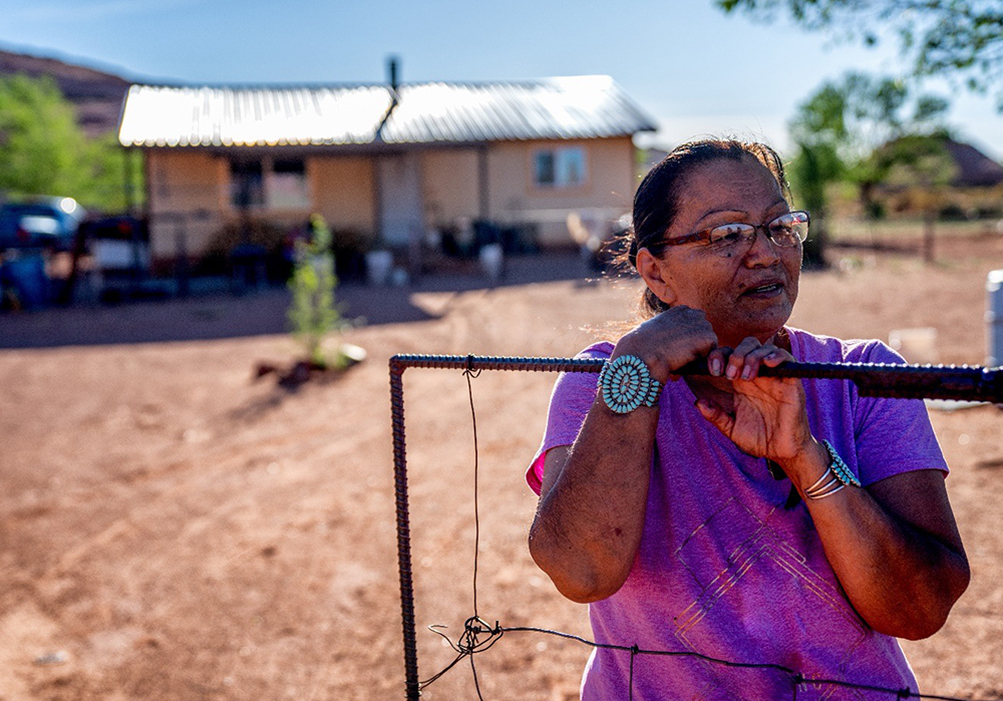Among all racial and ethnic groups, indigenous people (Native American and Alaska Natives) had the largest decline in life expectancy from 2020–2021. They also have the lowest overall life expectancy (65.2 years) than any of their Asian, Black, Hispanic, or White counterparts—in some cases, up to 20 years shorter. Indigenous people have disproportionately high rates of suicide, chronic liver disease, cardiac disorders, diabetes, and infant and maternal mortality.
The evidence points to a variety of causes, including:
- Difficulty accessing care in remote, rural, and tribal areas
- Higher poverty rates
- Food insecurity
- Underrepresentation in medical research
- Underfunded government services in remote and tribal areas
Cancer in Indigenous People
Although absolute metrics are unavailable because indigenous people are underrepresented in census surveys and cancer registry data, their cancer mortality rates appear to be many times higher than those of nonindigenous descent. Contributing factors include:
- Inadequate cancer prevention and early detection strategies
- Higher incidence and mortality for cancers associated with tobacco, alcohol and poor diet, physical inactivity, and obesity
- Higher rates of cancer-causing infections such as H. pylori and hepatitis B
Indigenous people have significantly higher incidence rates of melanoma than other minority groups and experience a lower five-year survival rate than non-Hispanic whites. In one study, researchers suggested that American Indian and Alaskan Natives are significantly less likely to use sun protective behaviors when compared to other racial and ethnic groups and were more likely to have never received a skin cancer assessment by a dermatologist when compared to non-Hispanic whites. A second study recently confirmed the findings and also identified that the populations are more likely to use indoor tanning devices than other minority groups.
Oncology nurses have pivotal roles in ensuring that indigenous people understand their unique cancer risks, removing barriers to prevention and early detection, and ensuring equal representation in health-related preventive efforts.
Cultural Considerations for Indigenous People in Your Care
In health care, indigenous people value:
- Engaging in shared decision-making
- Involving their family and community
- Clear and respectful communication
Learn about how each group's history and culture provide meaning, and consider how that informs care. Small gestures welcome and accommodate the community, such as a comfortable space that has indigenous art, offering culturally appropriate food, and ensuring a medical interpreter is available when necessary.
Shared decision-making, including involving local elders, is critical to indigenous people. Identify an area with enough space to accommodate large groups for meetings with clinicians about the plan of care. Make sure to identify who is a primary or influential decision-maker, based on cultural norms and traditions, to receive health-related information.
At end of life, consider indigenous people’s cultural and religious needs and practices:
- Patients may need to be dressed in specific clothing as they near death.
- They may need to avoid certain medications.
- Positioning patients so they can look out a window offers a connection to the land during end of life.
- Postmortem, the body may need to be handled in a different way or touched only by certain people.
- Saying the deceased patient’s name may be inappropriate.
Health care, especially cancer care, is deeply personal. Never assume that all patients who identify with a certain cultural or ethnic background will have the same preferences and priorities, but awareness of cultural and ethnic groups’ values and traditions can better prepare clinicians to provide holistic and respectful care.






